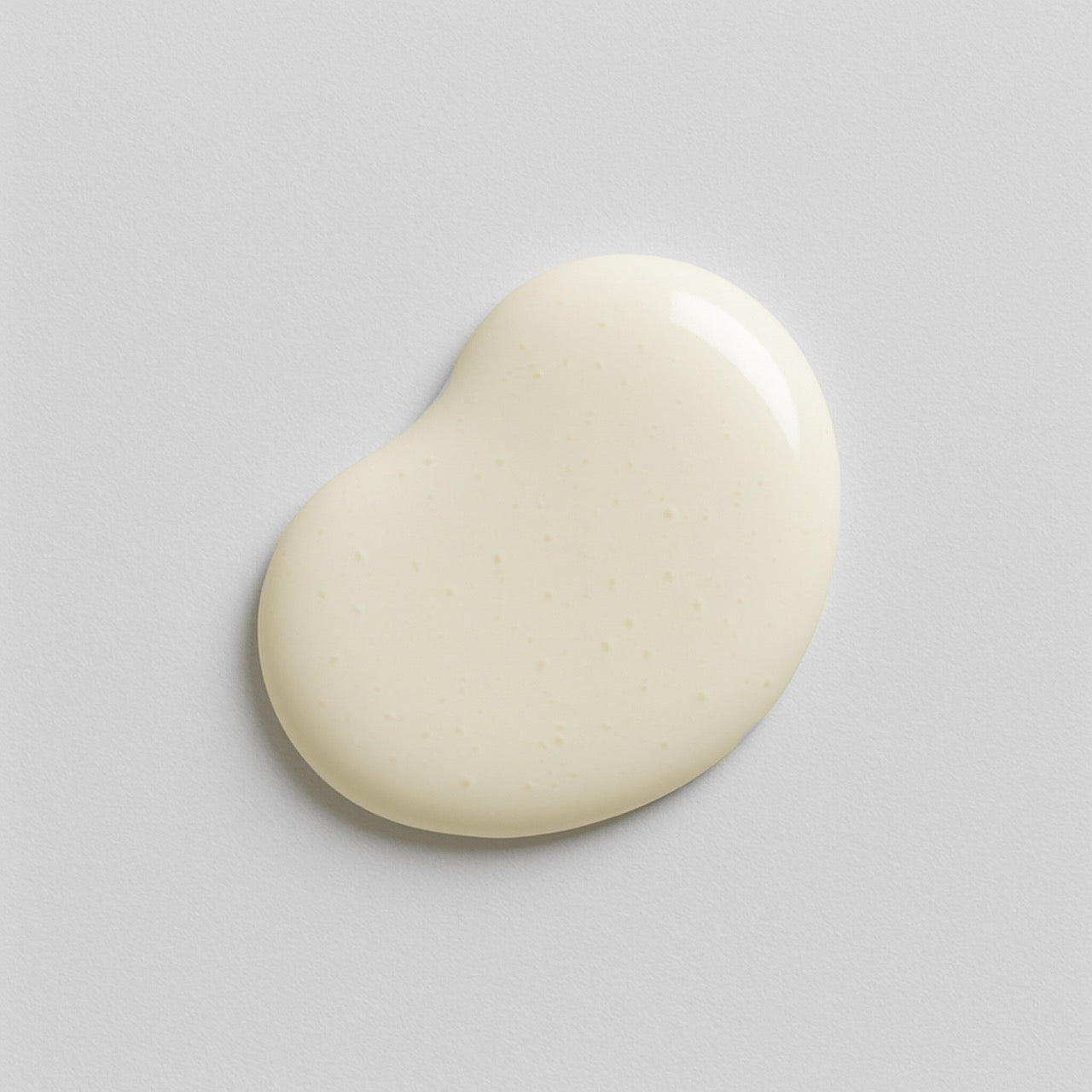Calcium
Calcium Citrate

Calcium is a mineral element essential for numerous biological functions. It plays a structural role in bones and teeth, where the majority of the body’s calcium is stored.
Products:
Calcium and Dental Health
Calcium plays a vital role in dental health by helping to maintain the strength and structure of teeth. Teeth, like bones, are composed of calcium-rich minerals, and insufficient calcium intake may weaken enamel and increase the risk of tooth decay. Adequate calcium consumption supports strong teeth, helps reduce the risk of cavities, and contributes to overall oral health.¹ ²
Calcium for Cardiovascular Health
It also plays a key role in cardiovascular health by helping to regulate heart rhythm and blood pressure. Calcium supports the contraction and relaxation of the heart muscle, ensuring proper blood flow, and helps maintain healthy blood vessels. Studies suggest that adequate calcium intake may help prevent high blood pressure and support overall heart function.³
Calcium for Bone Health
One of calcium's most well-known roles is in bone health. As a major component of bone tissue, calcium is essential for building and maintaining strong bones throughout life. Adequate intake, particularly when paired with vitamin D, may help prevent conditions such as osteoporosis and lower the risk of fractures with age.⁴
Calcium and Blood Clotting
Calcium plays a crucial role in blood clotting by activating enzymes essential to the clotting process, which helps to stop bleeding following injury.⁵ Insufficient calcium levels may impair the blood clotting process, potentially leading to excessive bleeding. Adequate calcium intake is therefore important for effective wound healing and recovery from injury.
Is Calcium Needed for Muscle Contraction?
Calcium is also essential for muscle contraction. When a nerve signals a muscle to contract, calcium ions are released within muscle cells, initiating the contraction process. This makes calcium important not only for bone health but also for proper muscle function, including voluntary movements and heartbeats.⁶











